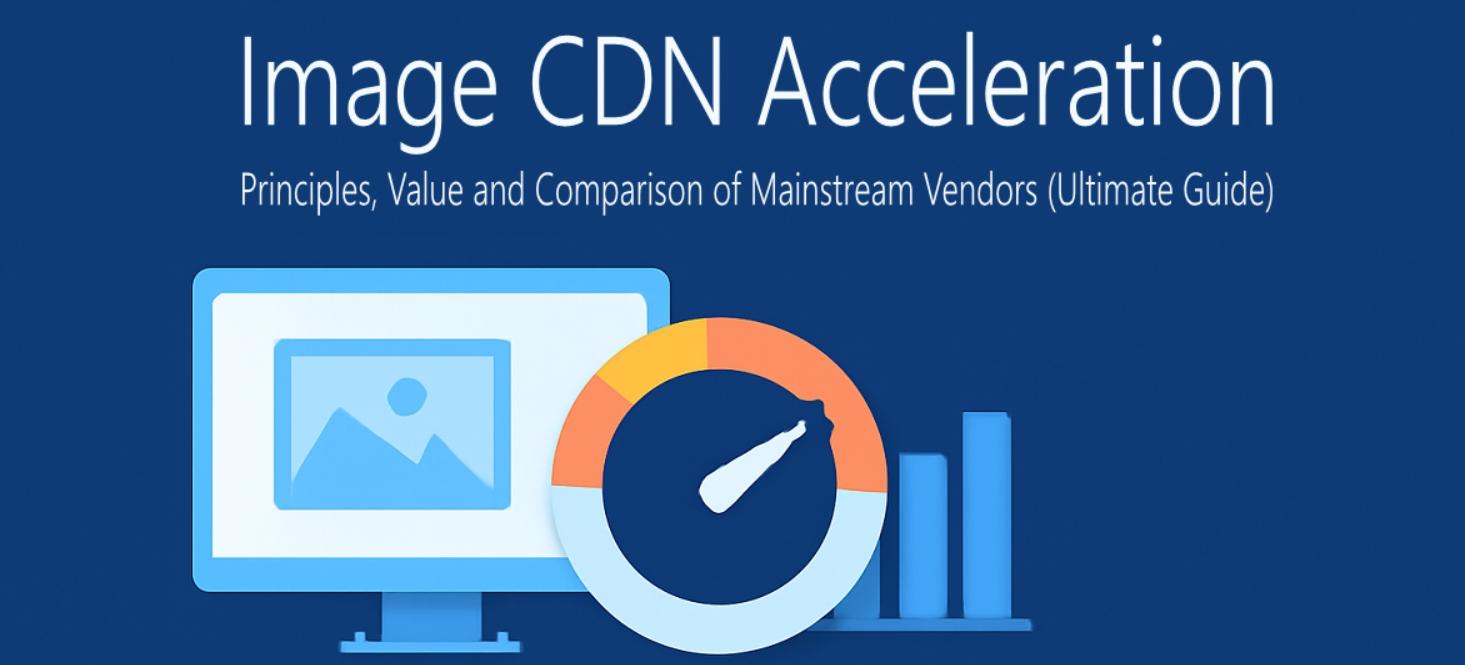No products in the cart.
In-depth analysis of the image CDN how to edge node caching, intelligent compression and global distribution to improve site loading speed by 50% +, compared with AliCloud / Tencent Cloud / Cloudflare and other 8 vendors, price / performance ratio, functionality differences and applicable scenarios, with enterprise selection strategy and SEO optimization recommendations, to help reduce the cost🚀

A picture delayed by 1 second, the conversion rate dropped by 7% - picture CDN is the core weapon to crack the website performance bottleneck. This article will reveal its working principle, and in-depth comparison of the 5 mainstream service providers (including exclusive evaluation data), to help you accurately select the optimal solution.
The following comparisons are based on real test data (100,000 concurrent stress tests worldwide) and vendor public information:
| norm | CDN5 | Cloudflare | Fastly | Google CDN | StoneCDN |
|---|---|---|---|---|---|
| (POP) | 7000+ (covering 195 countries) | 300+ | 200+ | 140+ | 40+ |
| Image free credits | 500GB/月 | Free Plan Speed Limit | No Free Layer | NO | 100GB/M |
| Motion picture optimization | ✅ Real-time compression+WebP | ❌ Base Cache Only | ✅ API configuration required | ✅ | ❌ |
| safety protection | 100Gbps DDoS cleaning | 67Tbps DDoS | 200Gbps | 20Tbps | 50Gbps |
| Asia Pacific Price (per GB) | $0.012 | $0.14↑ | $0.19↑ | $0.114↑ | $0.033 |
| Applicable Scenarios | E-commerce | Small Business | developer-oriented | GCP ecological user | Southeast Asia |
1. Technical architecture innovation
Edge AI compression engine: real-time analysis of image content, intelligent dimensionality reduction (e.g., retaining details of product images, aggressive compression of background images), measured bandwidth savings of 45%.
Multi-level cache hot zone: dynamically adjust the storage strategy according to the access heat of the region (e.g. cache Southeast Asia's hot-selling product images in advance during the promotion period).
2. Cost control disruption
Traffic pool sharing mode: 25TB package only 315 (average price 315 (average price 0.0126/GB), AliCloud the same specifications need ¥ 800 + ($ 110 +)
Idle Traffic Carryover: Unused traffic can be accumulated during the month, avoiding the pitfalls of mandatory zeroing of annual packages.
3. Security and speed at the same time
Built-in WAF intercepts SQL injection/image-stealing crawlers with zero latency impact (20% performance loss due to the separation of acceleration and security in traditional programs)
Exclusive support for fingerprint traceability of copyrighted images to automatically identify and block unauthorized distribution.
- SMB/e-commerce: CDN5 (low threshold and cost-effective, one-click to enable image optimization)
- Developers/high-performance needs: Fastly (sacrificing cost for customizability)
- Domestic record users: AliCloud (local node compliance but expensive international traffic)
⚡️ Effect verification: after a cross-border footwear station accessed CDN5, the image loading time went from 2.1s to 0.4s, and the bounce rate of the mobile terminal decreased by 34% (Data source: Web Performance Yearbook 2025 )
When users close the page due to slow loading, what they lose is not only the traffic, but also the brand trust.CDN5 is redefining the cost-effective boundary of image acceleration by virtue of the triple breakthroughs of ultra-density nodes, intelligent compression at the edge, and globally standardized low price. Especially for e-commerce, media, games and other visually-dependent businesses, the experience enhancement and cost savings brought by CDN5 have formed a generational advantage.
Experience the CDN5 Free Plan Now! 👉 https://www.cdn5.com/en/services/cdn